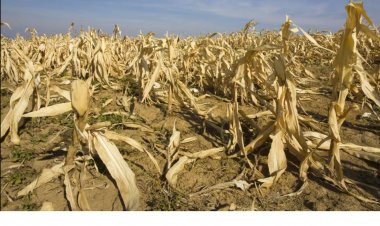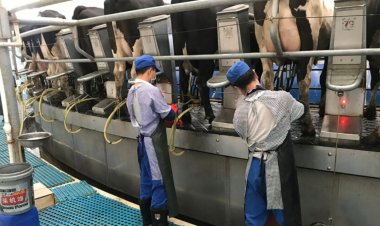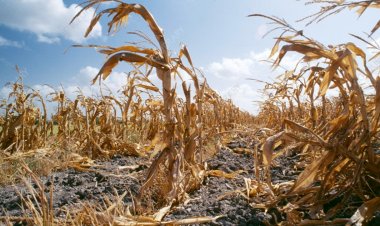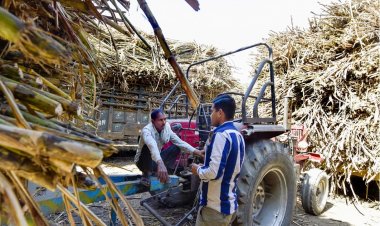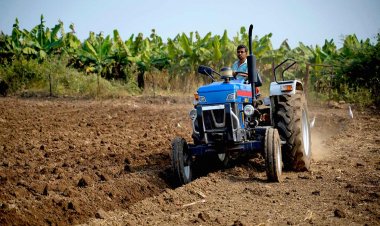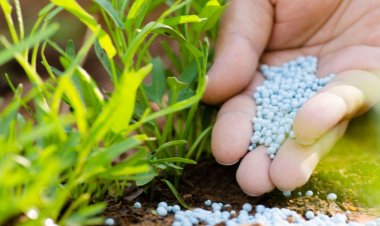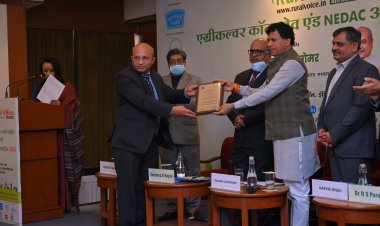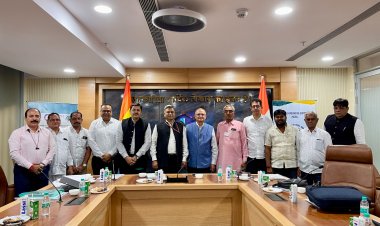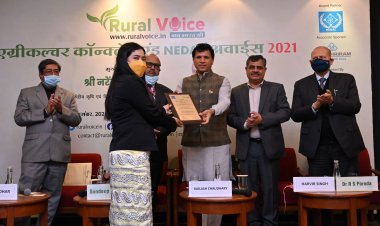Women’s equality improved in agrifood systems: FAO
Agrifood systems are a major employer of women globally and constitute a more important source of livelihood for women than for men in many countries. The report shows that interventions to improve women’s productivity are successful when they address care and unpaid domestic work burdens, provide education and training, and strengthen land-tenure security.
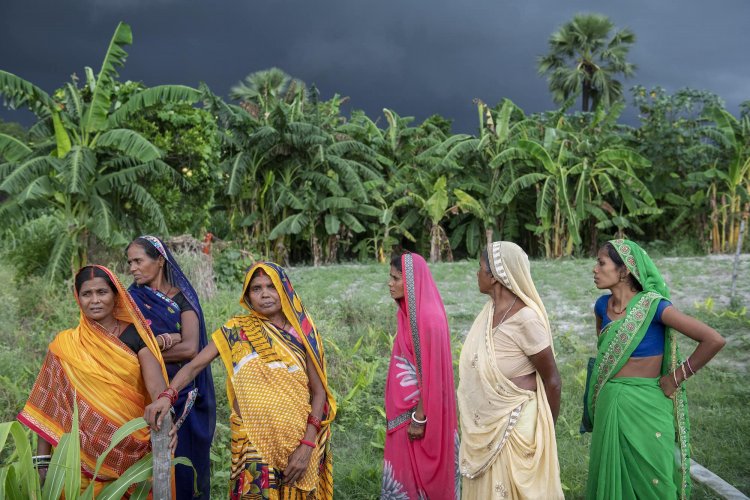
Reducing gender inequalities in livelihoods, improving access to resources, and promoting resilience is a critical pathway towards gender equality, women’s empowerment and more just and sustainable agrifood systems. This includes closing gaps related to access to assets, technology and resources, reveals a new report by the Food and Agriculture Organisation of the United Nations (FAO).
Agrifood systems are a major employer of women globally and constitute a more important source of livelihood for women than for men in many countries. The report shows that interventions to improve women’s productivity are successful when they address care and unpaid domestic work burdens, provide education and training, and strengthen land-tenure security.
Access to childcare also has a large positive effect on mothers’ employment, while social protection programmes have shown to increase women’s employment and resilience. The report further indicates that gender-transformative approaches show promise in changing discriminatory norms and are cost-effective with high returns.
It recommends addressing the continued lack of high-quality data disaggregated by sex, age, and other forms of social and economic differentiation, which is paramount to monitoring and accelerating progress towards gender equality in agrifood systems.
Certain key findings mentioned in the report say men have greater ownership or secure tenure rights over agricultural land than do women in 40 of 46 countries reporting on Sustainable Development Goal Indicator 5.a.1.
It says the gender gap in women’s access to mobile internet in low- and middle-income countries narrowed from 25 per cent to 16 per cent between 2017 and 2021, and the gender gap in access to bank accounts narrowed from 9 percentage points to 6 percentage points
The gap in food insecurity between men and women widened from 1.7 percentage points in 2019 to 4.3 percentage points in 2021. While 75 per cent of policy documents relating to agriculture and rural development from 68 countries recognise women’s roles and/or women’s challenges in agriculture and rural development, only 19 per cent included policy goals related to gender.
Tackling gender inequalities in agrifood systems and empowering women reduces hunger, boosts the economy, and reinforces resilience to shocks like climate change and the COVID-19 pandemic, the report reveals.
The status of women in agrifood systems report, the first of its kind since 2010, goes beyond agriculture to provide a comprehensive picture of the status of women working across agrifood systems- from production to distribution and consumption.
The report highlights that globally, 36 per cent of working women are employed in agrifood systems, along with 38 per cent of working men. However, women’s roles tend to be marginalised and their working conditions are likely to be worse than men’s -irregular, informal, part-time, low-skilled, or labour-intensive. Likewise, women engaged in wage employment in agriculture earn 82 cents for every dollar that men earn.
Women also have less secure tenure over land, less access to credit and training, and have to work with technology designed for men. Along with discrimination, these inequalities create a 24 per cent gender gap in productivity between women and men farmers on farms of equal size.
Notably, the study underscores that agrifood systems are a more important source of livelihood for women than for men in many countries. For instance, in sub-Saharan Africa 66 per cent of women’s employment is in the sector, compared with 60 per cent of men. In southern Asia, women overwhelmingly work in agrifood systems (71 per cent of women, versus 47 per cent of men), although fewer women than men are in the labour force.



 Join the RuralVoice whatsapp group
Join the RuralVoice whatsapp group

















